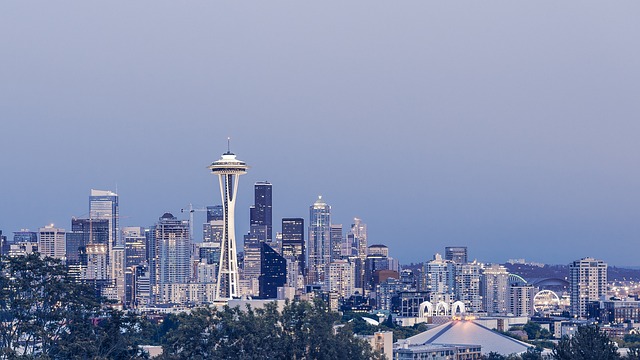Karachi, Pakistan's economic hub, faces significant noise pollution challenges due to its bustling streets, diverse communities, and high density near industrial zones. This issue negatively impacts residents' health and well-being, prompting the need for proactive measures. By identifying noise hotspots through community engagement, implementing stricter zoning regulations, promoting greener spaces, encouraging quieter technologies, and fostering awareness, Karachi can mitigate noise pollution while preserving its dynamic character and ensuring a peaceful urban environment.
In the heart of Karachi, Mehmoodabad stands out as a microcosm of urban noise challenges. This vibrant yet bustling city grapples with rising noise pollution levels, affecting its residents’ quality of life. This article delves into the intricate web of noise-related issues in Karachi, focusing on Mehmoodabad. We explore the impact of excessive noise, pinpoint hotspots and sources, and propose effective strategies to mitigate urban noise pollution, offering a roadmap for a quieter, more livable Karachi.
- Understanding Noise Pollution in Karachi: A City's Sound Profile
- The Impact of Noise Levels on Mehmoodabad Residents
- Identifying Hotspots and Sources of Excessive Noise
- Strategies for Mitigating Noise Pollution in Urban Areas
Understanding Noise Pollution in Karachi: A City's Sound Profile
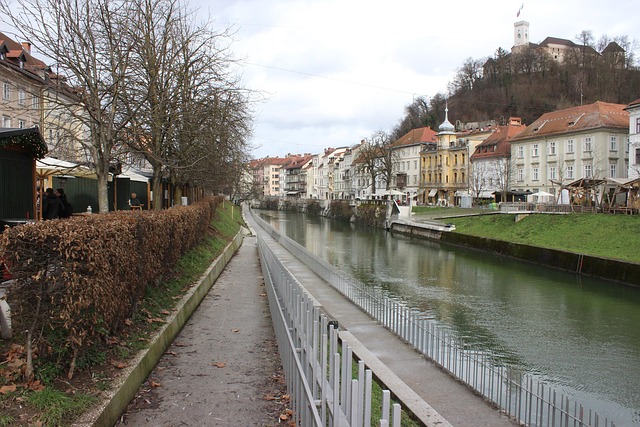
Karachi, as Pakistan’s largest city and economic hub, presents a unique sound profile defined by its bustling streets, diverse communities, and ever-evolving urban landscape. Understanding noise pollution in Karachi is essential to gauging the overall quality of life for its residents and visitors alike. The city’s vibrant energy translates into a symphony of sounds, ranging from the honking of vehicles on crowded roads to the chatter of locals in bustling markets. This cacophony, while reflecting the city’s vibrancy, can also lead to significant noise pollution issues.
Noise levels in Karachi are influenced by various factors, including dense population, heavy traffic, construction activities, and cultural events. High-density areas, such as those near industrial zones or major thoroughfares, often experience elevated noise levels that can negatively impact residents’ health and well-being. Moreover, the city’s constant economic activity results in a persistent background hum that can mask important sounds, affecting communication and safety. In light of these challenges, there is an increasing need for proactive measures to mitigate noise pollution, ensuring Karachi retains its dynamic character while prioritizing the health and comfort of its inhabitants.
The Impact of Noise Levels on Mehmoodabad Residents
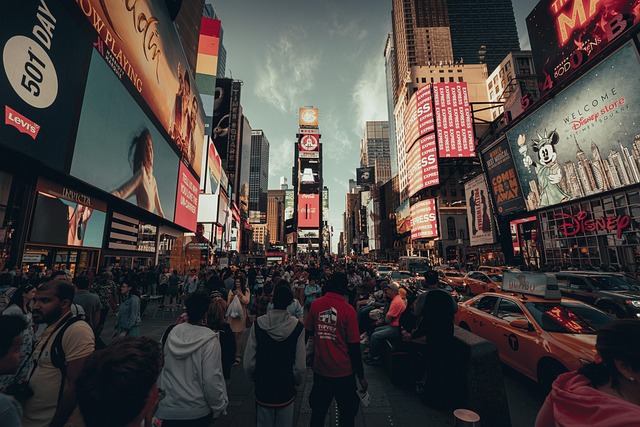
In the vibrant city of Karachi, particularly in areas like Mehmoodabad, noise levels can significantly impact the quality of life for residents. The bustling nature of urban centres often translates to elevated sound pressures, affecting both physical and mental well-being. Prolonged exposure to high noise levels has been linked to various health issues, including hearing loss, stress, sleep disturbances, and even cardiovascular problems.
Residents of Mehmoodabad may experience these effects due to the dense population, traffic congestion, construction activities, and nearby industrial areas. The constant hum of vehicles, loud music, and noisy neighbours can create a cacophony that permeates through the air. This noise pollution not only disrupts daily routines but also has long-term implications for residents’ overall health and happiness, making it crucial to address and mitigate these noise levels for a more peaceful and healthy urban environment.
Identifying Hotspots and Sources of Excessive Noise
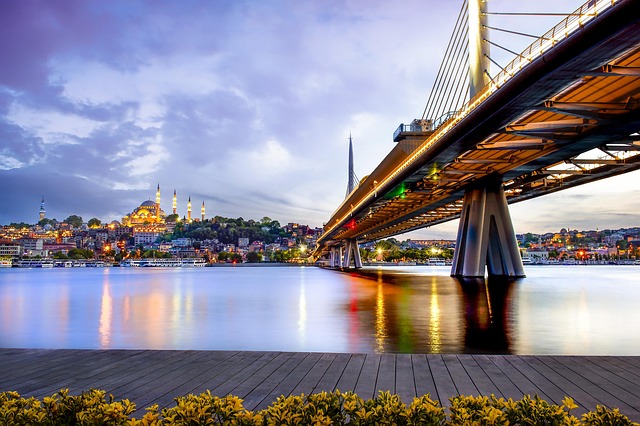
In Karachi, particularly in densely populated areas like Mehmoodabad, identifying noise hotspots and sources is a crucial step toward mitigating excessive noise levels. Residents often experience elevated noise from various origins, including heavy traffic on major roads, bustling markets, and neighboring construction sites. By mapping these hotspots, community members can better understand the primary contributors to their daily noise pollution.
This process involves community engagement and collaborative data collection. Using simple tools like noise meters or even just observing during different times of day, residents can pinpoint specific locations where noise substantially exceeds background levels. Once identified, these sources can be addressed through local initiatives, such as implementing traffic management strategies, establishing buffer zones between residential areas and noisy commercial districts, or advocating for stricter construction regulations.
Strategies for Mitigating Noise Pollution in Urban Areas
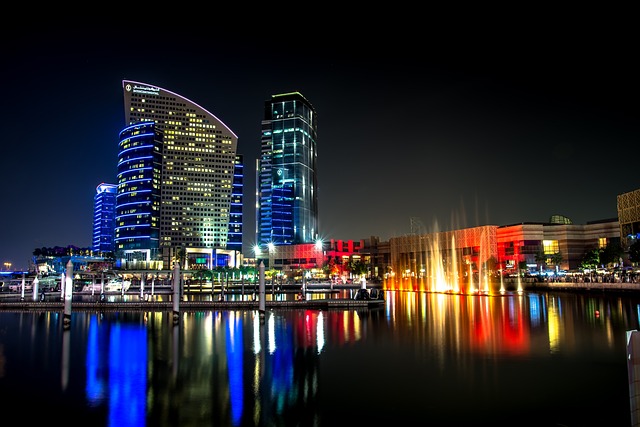
In urban areas like Karachi, noise pollution is a significant concern that impacts the quality of life for residents. To mitigate this issue, several strategies can be employed. One effective approach is implementing stricter zoning regulations to separate residential, commercial, and industrial areas, minimizing direct exposure to loud noises. Additionally, enforcing noise control ordinances during specific hours, such as late nights and early mornings, can help reduce noise levels.
Greener spaces and proper urban planning play a crucial role too. Planting trees and creating parks not only enhances the aesthetic appeal but also acts as natural sound barriers. Moreover, encouraging the use of quieter technologies and equipment in industries and promoting electric vehicles can substantially decrease noise pollution. Community engagement is vital; awareness campaigns can educate residents about the impact of noise on health and inspire them to take collective action.
In conclusion, noise pollution in Karachi, particularly in areas like Mehmoodabad, significantly impacts residents’ quality of life. By identifying hotspots and sources of excessive noise, we can implement effective strategies to mitigate these issues. It’s crucial that both urban planners and residents work together to create a more peaceful and livable environment for all. Addressing noise pollution is essential for the overall well-being and development of Karachi.
